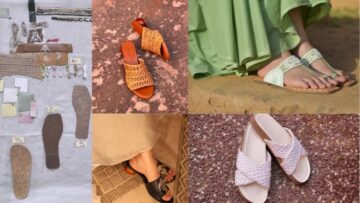
Sri Lanka’s apparel export earnings in 2024 reached an impressive US $ 4.70 billion, marking a year-on-year growth of nearly 5 per cent, according to the Joint Apparel Association Forum (JAAF). When combined with the country’s direct textile exports, the total export value surpassed US $ 5 billion.
While this growth is encouraging for stakeholders across the industry, a broader context highlights some challenges. Using 2019 as a benchmark – the last “normal” year before the pandemic and economic crisis – Sri Lanka’s 2024 apparel exports still fell short, with a 10.3 per cent decline from the US $ 5.30 billion achieved in 2019.
The United States remained Sri Lanka’s top export destination, with earnings reaching US $ 1.90 billion in 2024, a year-on-year growth of 5.23 per cent. However, this figure remains 19.4 per cent below 2019 levels, indicating room for recovery.
Exports to the UK showed robust growth of 7.65 per cent, nearly matching 2019 levels, driven by sustained demand for ethically and sustainably manufactured garments.
Meanwhile, EU exports saw modest growth of 0.81 per cent, reflecting the sector’s resilience in a competitive and heavily regulated market.
Exports to other regions rose significantly by 10.13 per cent, showcasing successful market diversification and the increasing trend of direct labelling and shipping for global customers.
The JAAF highlights localised fabric production as a cornerstone of the industry’s long-term recovery and competitiveness. The Eravur Textile Zone, spanning over 300 acres, represents a pivotal step in this direction. The zone is designed to host facilities for textile dyeing, washing, knitting, weaving, and other related processes, offering manufacturers opportunities to establish vertically integrated operations. This initiative aims to save foreign exchange, shorten production lead times, and enhance the global appeal of Sri Lankan exports, especially as buyers increasingly demand traceability and sustainability.
“The Eravur Textile Zone is more than an initiative; it’s a lifeline for the industry. localising fabric production is critical to boosting competitiveness and meeting global market demands,” commented Yohan Lawrence, Secretary-General of JAAF. He further emphasised the need for strategic investments and reforms to reclaim pre-2019 export levels and set higher benchmarks, stating, “With a collective effort, Sri Lanka’s apparel sector can surpass US $ 6 billion in export earnings, solidifying its position as a global leader in quality and ethical manufacturing.”






